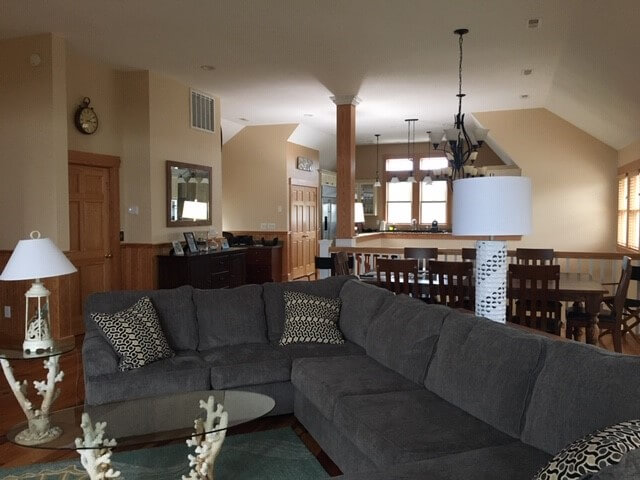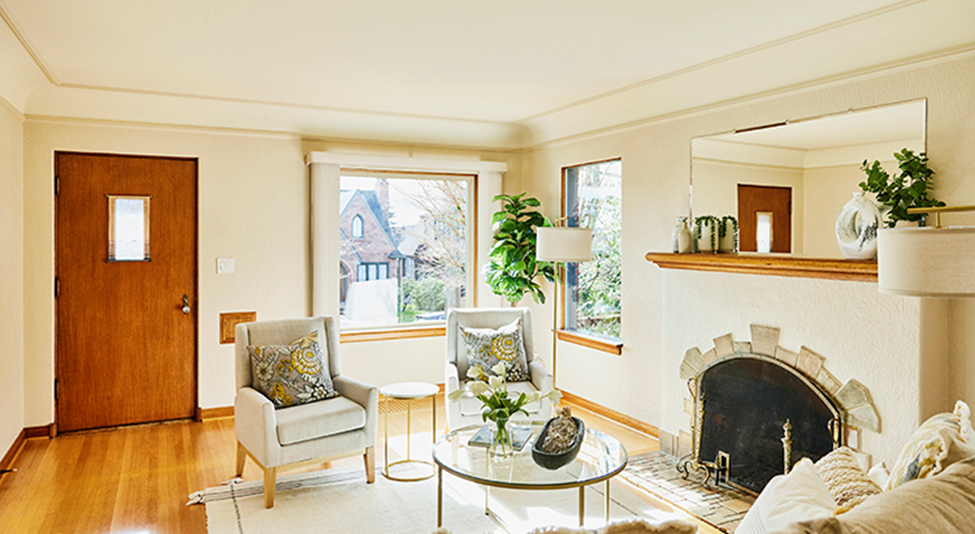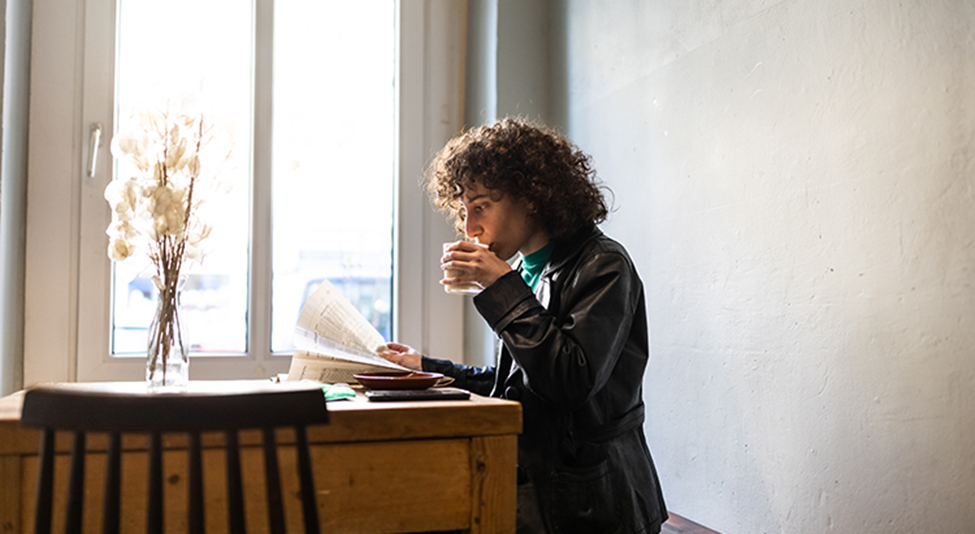To stage or not to stage. That is often the question. On the one hand, you want to be able to let the future home buyers picture themselves in the house. On the other, nothing can take away from that more than outdated furniture and fixtures.
The results are in and staging has proven time and time again that it’s the better choice when trying to sell a home. And that’s just it. You’re trying to sell someone a home, not just a house, and people will pay more for that emotional attachment.

Biggest staging mistakes to avoid
Here are some of the most common mistakes made by new real estate agents:
1. Not starting with a strategy
There are some basic “best practices” that will work for just about any home, in any situation. However, that doesn’t mean you should go into a home staging process without a strategy in place.
“Winging it” isn’t going to work; before you even move a piece of furniture, you should have a clear idea of what the property’s like, how easily it could be sold and who it’s going to best appeal to.
2. Including too much furniture
It’s a good idea to include furniture, at least in some of the main areas of the house, like sofas in the living room, a table in the dining room and beds in the bedrooms.
However, including too much furniture can make the home seem cluttered and make it look smaller.
3. Including too much space
Some agents, reduce the amount of furniture in the home or press it against the walls to show off as much empty space as possible.
This can be advantageous; showing off more minimal space gives the appearance of more interior room and makes the house seem more valuable. However, if done excessively, it can make the home seem empty or impersonal, defeating the purpose.
4. Leaving the space too personal
Sometimes, a few personal touches — like tasteful decorations or color choices — can make a home come alive with personality. However, including too many personal items can make the space feel alienating to a prospective buyer.
5. Neglecting important improvements
No home is perfect. There are always going to be cracks, tears, dents and minor fixes that need to be made.
However, if you neglect important improvements, like fixing major structural damage or correcting an aesthetic eyesore, you could immediately compromise your chances of making a good first impression with initial tourers.
Obviously, not all improvements are worth it, but quick, inexpensive fixes almost always merit the investment.
Be conscience of pet odors.
6. Filling tables and counters with objects
Sporadic decorations, like vases and flowers, can spruce up an otherwise uninteresting room and prevent tables and counters from seeming empty.
However, if you overload these pieces of furniture, you could make the home seem unnecessarily cluttered. Keep the number of these pieces limited, and don’t make them the centerpiece of the showing.
7. Going too ‘textbook’
Strangely enough, it’s also possible to go too “textbook” with your staging strategy.
Chances are, the buyers touring your home are going to be touring dozens of other homes; if they notice the same patterns and layouts, over and over, they’re going to be less interested in the properties that display them.
You need to try to make your property seem unique, or it won’t be memorable. Unfortunately, there’s no surefire strategy you can use to stage a home perfectly — especially considering every home and buyer will be different.



